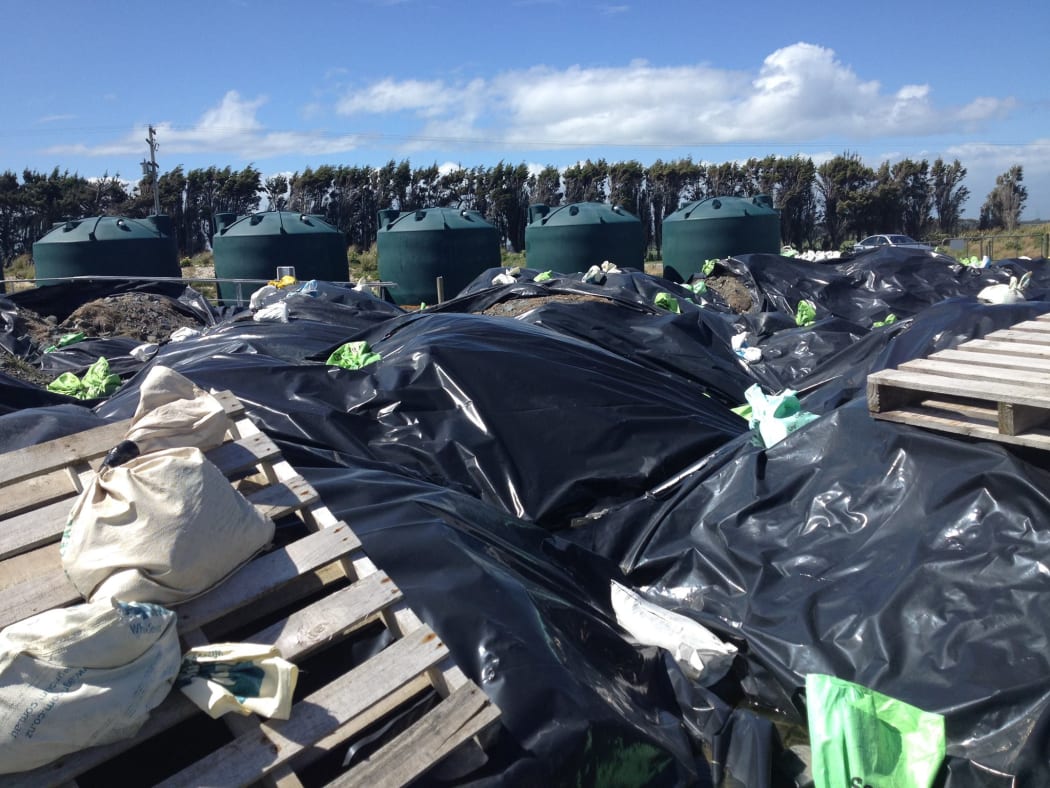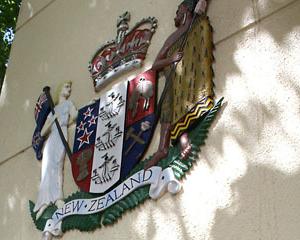
Through a search of pre-Resource Management Act physical records, Environment Southland (ES) found up to two truckloads of aluminium dross powder had been discharged at Goodwin mine.
It was mixed with overburden, rocks and soil, and buried.
The dross from the New Zealand Aluminium Smelter’s (NZAS) Tiwai Point smelter is classified as a class 6 hazardous substance.
ES catchment integration manager Fiona Young said the community raised concerns about the potential historical discharging of aluminium dross within the New Vale mine in Waimumu this year, leading to a search of physical records of the Southland Catchment Board and regional council.
Records from 1988 to 1990 showed there was a proposal in 1988 to discharge aluminium dross powder to the New Vale mine, under the conditions it was not in the vicinity of surface water and was covered that same day.
However, there was an issue with access to the New Vale mine site, and the the catchment board granted permission to discharge the aluminium dross powder at the adjacent Goodwin mine under the same conditions.
Mrs Young said there was no evidence of dross having been discharged at the New Vale mine.
The records showed monitoring for key contaminants, including fluoride and ammoniacal nitrogen (a measure of ammonia content), was conducted in 1989 and 1990 in the areas of the New Vale and Goodwin mines and the Hedgehope Stream.
"On several occasions slightly elevated results for ammoniacal nitrogen were detected at the Goodwin mine and in the Hedgehope Stream. Ammoniacal nitrogen is common in pastoral areas due to fertiliser use," Mrs Young said.
"Therefore, the results did not confirm the contamination originated from the disposal of the aluminium dross powder and the source remains uncertain."
Across the historical sampling undertaken at the time, there were no detectable levels of fluoride.
According to the Australian and New Zealand Environment and Conservation Council standards, the slightly elevated levels of ammoniacal nitrogen would not generate any significant adverse health or environmental effects.
Based on the information, the ES contaminated land scientist had assessed the potential environmental impact and human health risk posed by the aluminium dross powder at the Goodwin site to be "considerably low", Mrs Young said.
"This is primarily due to the depth it has been buried, the potentially large area of the mine which it has been distributed across and the volume of overburden covering, what is estimated to be, a limited amount of dross."
Environment Southland was unable to confirm, prior to deadline, the depth at which it was buried prior.












